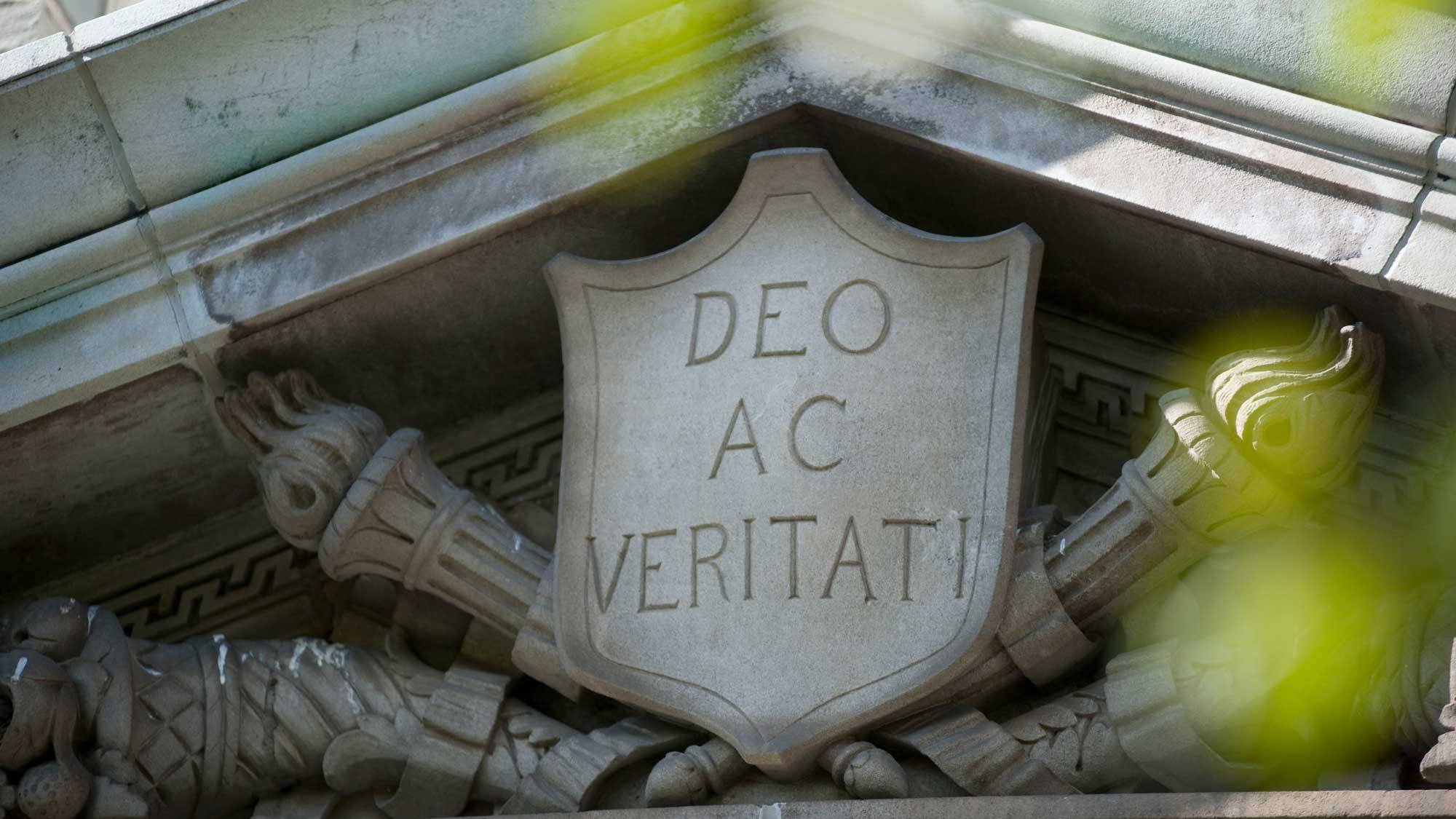Around 200 students typically live and conduct research on campus during the summer through a variety of independent and faculty-led research opportunities or fellowship positions. Despite the last-minute switch to remote research, 160 students went forward with research projects in 2020.
Innovators in their fields, many research students not only completed their research remotely during the COVID-19 pandemic, but also found a way to present their findings to the public.
Twenty-five of these students worked with the Upstate Institute’s Summer Field School, completing projects that directly relate to the upstate region of New York and encourage civic engagement.
“A few agencies were experiencing substantial staff or budget cuts. Others were unable to supervise research not related to the coronavirus,” Upstate Institute Project Director Julie Dudrick said. “But we were able to match most of the students that we had hoped to hire with a project that closely resembled the one for which they applied.”
Aliya DeJesus ’21 originally planned to work with primary care providers battling opioid addiction, but she changed her project topic in an effort not to overwhelm healthcare workers. Instead, she partnered with BRiDGES, the Madison County Council on Alcoholism and Substance Abuse, to develop a month-long suicide-prevention walk to reimagine how nonprofit fundraising could be successful in a pandemic.
“I knew that my work in creating the virtual walk would support local suicide prevention, postvention, education, and reduction initiatives and directly help the Madison County community,” DeJesus said. “Being able to leave behind such a meaningful contribution made me feel more connected to a place that I call my second home.”
Some projects were more immune to the pandemic’s far-reaching impacts. Assistant Professor of Environmental Studies and Physics Linda Tseng advised Nicholas Poon ’22 on his investigation into recreational swimmers and surfers’ likelihood of contracting gastrointestinal illness along the beach in Los Angeles. Tseng was lucky: Poon’s contributions did not rely on in-person lab work. He used computer simulations based upon previously published data to produce results, which were presented and fine-tuned during daily virtual meetings with Tseng.
Poon wasn’t alone. Students relied on a variety of virtual methods to work with faculty, partner organizations, and clients — using platforms such as email, Zoom, Google Drive, Trello, Slack, Qualtrics, and Survey Monkey.
Despite the remote format, collaboration remained a key component in many of the students’ summer experiences. For instance, Tseng had all of her research students virtually present their work to one another at the end of the research period. This interaction was also important to Associate Director for the Center for Learning, Teaching, and Research Karyn Belanger. There is typically a poster session for students to publicly present their research in late July, and Belanger reached out to Colgate ITS to create a virtual platform to simulate the experience.
With the help of Christine Moskell, an instructional designer in the Learning and Applied Innovation (LAI) group in Colgate ITS, students displayed their results on a WordPress website specifically designed for the 2020 research posters. The website allowed for questions via the comments section and asynchronous engagement when it went live at the end of July. A total of 41 posters were displayed online, divided into their respective, and sometimes complementary, departmental categories.
“We accomplished what we wanted to accomplish and even more than our expectations,” Tseng said.
